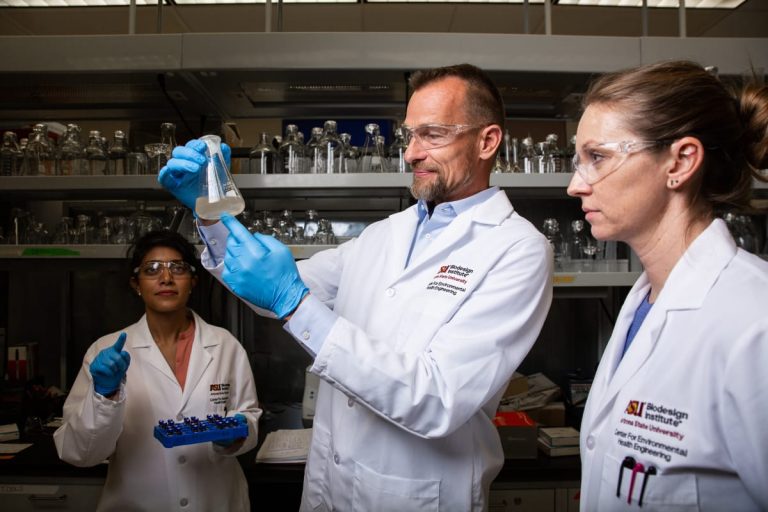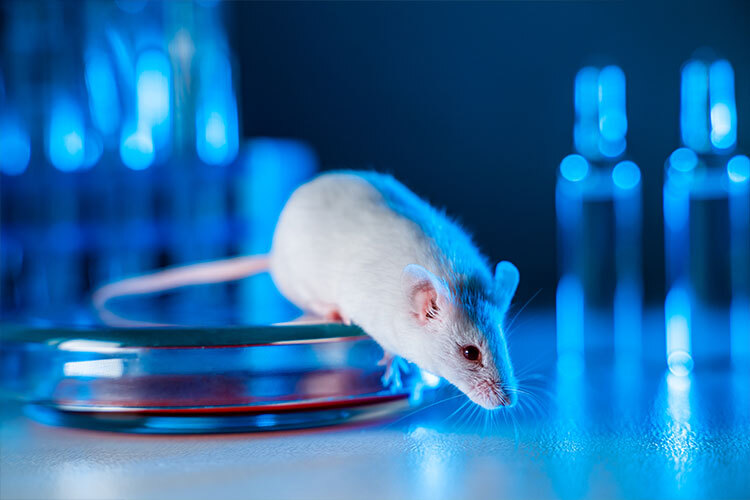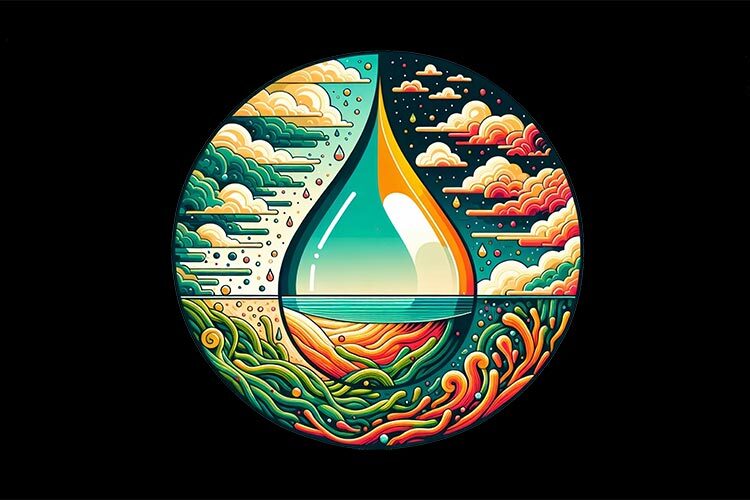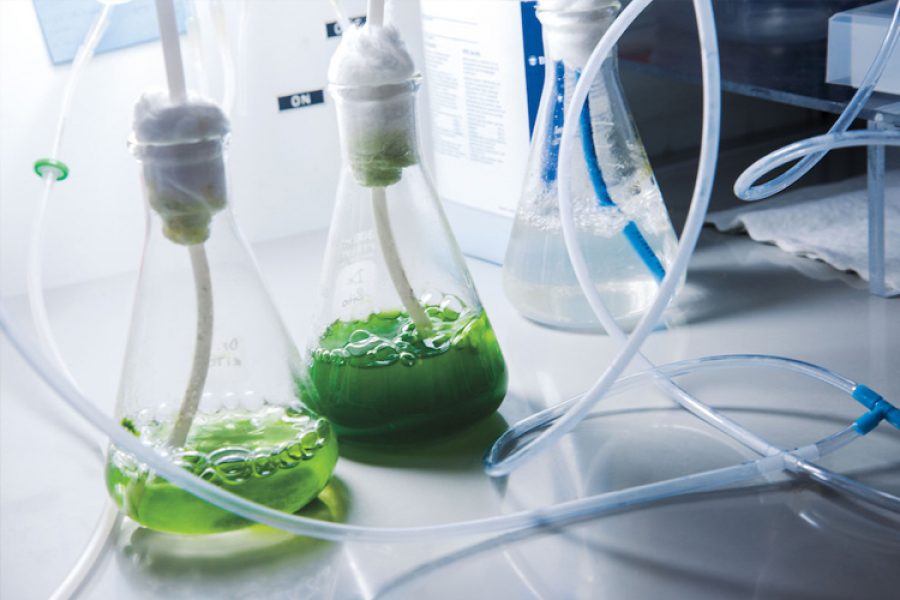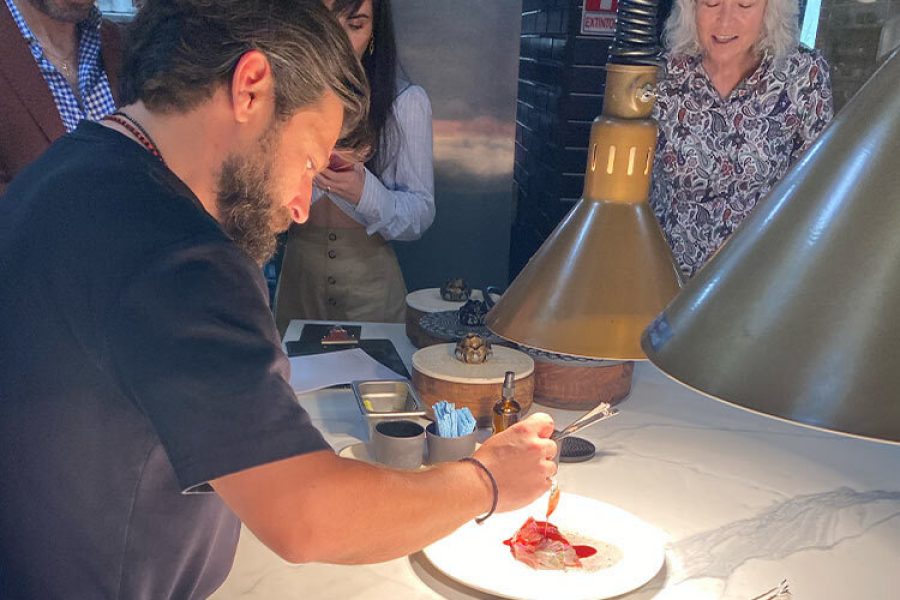They grow uncontrollably, taking over bodies of water. If one of their stems is broken, it doubles. They also contain seeds and have other forms of reproduction. Water lilies are one of the 100 most harmful invasive exotic species in the world, according to the International Union for Conservation of Nature (IUCN).
These green invaders are capable of devouring rivers and lakes. Unchecked, they would completely cover the Valle de Bravo reservoir in two months, estimates José Eduardo Caballero Murillo, a Tec graduate and biotechnology engineer on the Valle de Bravo Operations Committee.
Eduardo Caballero has seen another side to this infestation and has discovered how to use it to clean water. In an interview with TecScience, he explains how the technology works.
Water lily against pollutants
The Miguel Alemán reservoir in Valle de Bravo is part of the Cutzamala system, which supplies drinking water to Mexico City.
However, the lake is showing strong symptoms of pollution, mainly from fecal bacteria, phosphates, nitrates, and heavy metals such as manganese, aluminum, and copper. “The pollution doesn’t just have environmental impacts. It’s also a public health risk,” says Caballero.
The levels of water pollution have resulted in large concentrations of a neurotoxic cyanobacterium, which is capable of causing damage to various organs and systems such as the liver, heart, and kidneys.
“When I was a child, they used to take me on excursions to the lake and I always remember it being polluted. I went to Tec de Monterrey because I wanted to study something that would help me change things. I’m happy that someone like me, who has always lived here, has managed it,” he says.
Everyone sees lilies as a blight, but Eduardo Caballero recalls that the fishermen and locals would say, “Don’t remove all the lilies because the water’s clean underneath the greenery.”
Taking advantage of its voraciousness
Lilies have the ability to absorb heavy metals and nutrients such as nitrogen and phosphorus, the pollutants of Valle de Bravo. “I searched for a way to take advantage of the lily’s voraciousness to remove what we don’t want from the water in a controlled manner”, says Caballero.
The technology patented by this Tec graduate encapsulates the water lily to stop it reproducing as it would naturally and killing the body of water.
“We allow it to grow in a controlled manner so we can exploit its allelopathic properties, directly attacking the cyanobacteria and consuming the nutrients that are causing the lake to degenerate,” he explains.

The problem with uncontrolled lilies in the tourist zone (the jetty) and manual control methods. (Photo: Courtesy)
Floating hives
The solution is already patented and consists of a system of floating “hive” islands that contain the lilies. This design allows water and air to pass through in equal parts so that the water can be cleaned without the plant dispersing.
The National Autonomous University of Mexico (UNAM) has already shown interest in Caballero’s proposal. In August 2021, they carried out a controlled test on 200 liters with the technology, which showed positive results in containing the lily’s growth and consuming unwanted nutrients.
According to Eduardo Caballero, “We managed to reduce the doubling time of the lily by 21% and to contain 100% of its seeds and propagules.”
These hives are made of polypropylene conditioned for strength and flexibility. The idea is to cover 5,000 square meters of a 1,880-hectare lake, which is an investment of 60 million pesos.
This design doesn’t affect navigation and is capable of cleaning 300 tons of nutrient pollution per year. It will last 10 to 15 years, according to calculations by the biotechnology engineer from the Tec.
Next steps
Since the beginning of 2022, Eduardo Caballero has been in talks to approve his project. He’s currently awaiting a response from the authorities.
He has had meetings with the Secretariat of Environment and Natural Resources (SEMARNAT), the National Water Commission (CONAGUA), the National Commission for Protected Natural Areas (CONANP), the Water Commission of the State of Mexico (CAEM), the Secretariat of National Defense (SEDENA), and marina owners.
In the future, he wants to migrate the solution to other bodies of water. “I don’t just want to stay here. I want to help other bodies of water and I understand that the solution won’t be the same due to the different factors of those places,” he explains.
What’s more, the Tec graduate has already developed various options in conjunction with universities to use the project’s lilies.



